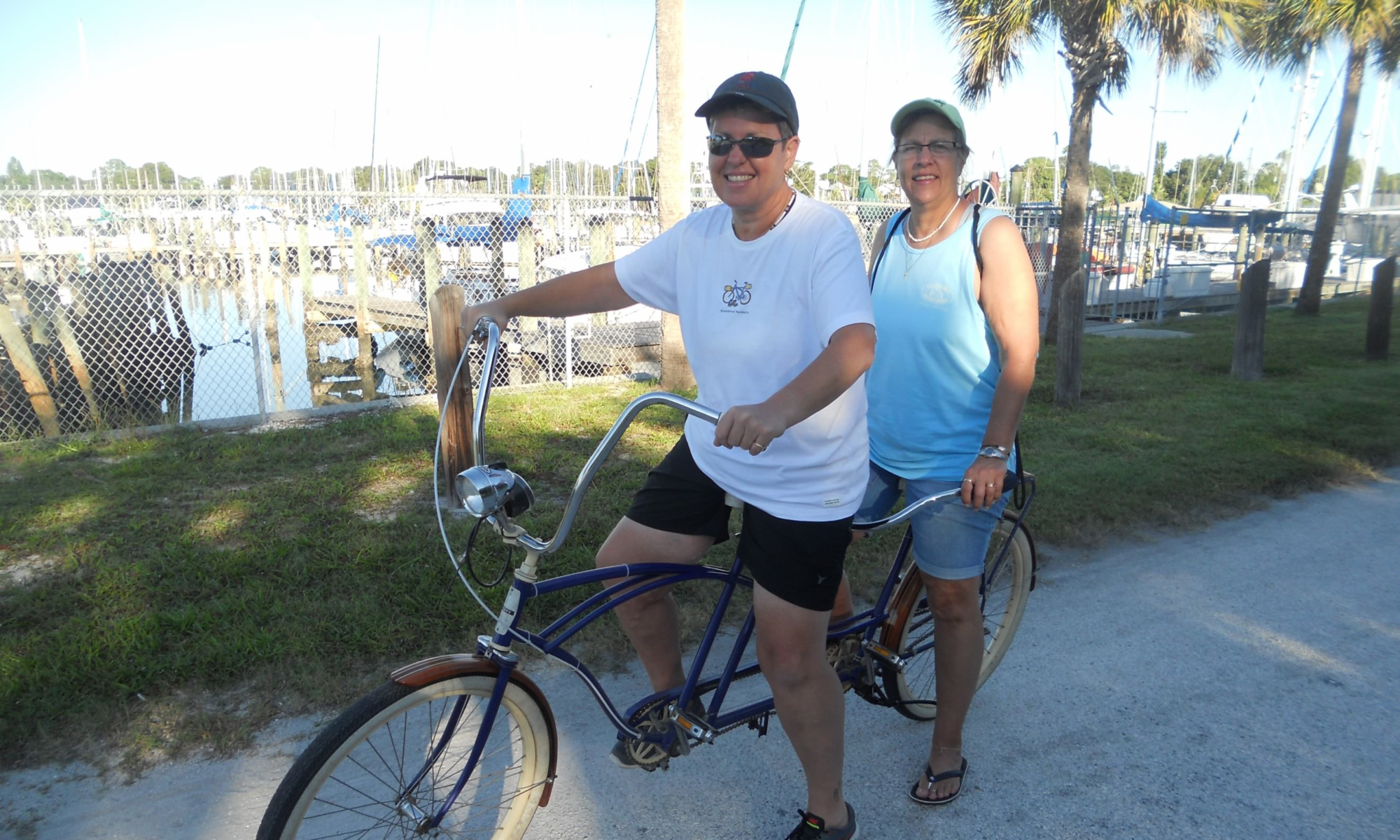

Wind Cave was our fourth and final National Park Cave. We now have visited all the caves that have been designated National Parks. We were part of a large group and the Ranger had a difficult time with one particular family. You are aware of all the rules prior to entering a cave, DO NOT TOUCH the cave decorations or walls. DO NOT WALK anywhere off the designated path. For what ever reason, one family felt those rules did not apply to them and the Ranger had to constantly remind the parents and teenager. The Ranger only stopped 4 times in the 60 minute tour and I think he just wanted to get the family out of there. So the tour was different. Most different, was the cave itself. There were no stalactite or stalagmite formations, no columns or soda straws . What the cave does have is the largest collection of what is called Boxwork formations. These formations resemble honey comb. The ceiling of the cave is an ancient Sea Bed. For more info on how boxwork is formed, check out link.
https://www.nps.gov/wica/learn/nature/speleothems-boxwork-origins.htm
Boxwork is located on the ceiling.





As you can see, some of the boxwork is as thin and fragile as a potato chip.
Terri brought her own flashlight in hopes the Ranger would appoint her the Caboose again. He did not. She was disappointed at first, but then took on the role of pointing out interesting aspects of the cave. The Ranger was too busy yelling at the family in the front of the line to notice….

There is a very interesting story surrounding Wind Cave.
Jesse McDonald and his family moved to Wind Cave in 1890. Jesse worked for the South Dakota Mining Company and was to oversee this “mining claim”. Jesse decided to make some money off the cave. He built his house atop the natural entrance of the cave and promoted public tours. The natural entrance was located in the kitchen of their home. Guests descended a ladder that protruded out of the middle of the McDonald’s kitchen’s floor.
It is called Wind Cave because, depending on the atmospheric pressure, wind either blows into or out of the cave. If the atmospheric pressure is higher outside, air blows into the cave and visa versa. Jesse’s 16 year old son Alvin, became obsessed with the cave. Alvin would explore the cave via candlelight and is said to have mapped nearly 10 miles. Alvin kept a journal of his explorations. He called himself the Permanent Guide of Wind Cave.
Here is his journal:
https://www.nps.gov/wica/learn/historyculture/alvin-mcdonalds-diary-text.htm#CP_JUMP_3079532
At age 20, Alvin went to the Columbian Exposition at the World’s Fair in Chicago It is suspected Alvin contracted typhoid fever at the Fair and died December 15th 1893.
For a very interesting story of Alvin and Wind Cave check out this article:
https://www.nationalparkstraveler.org/2008/10/it-breathes
Terri and I did a hike after the cave tour and we visited Alvin’s grave. For whatever reason, I did not take a pic.






